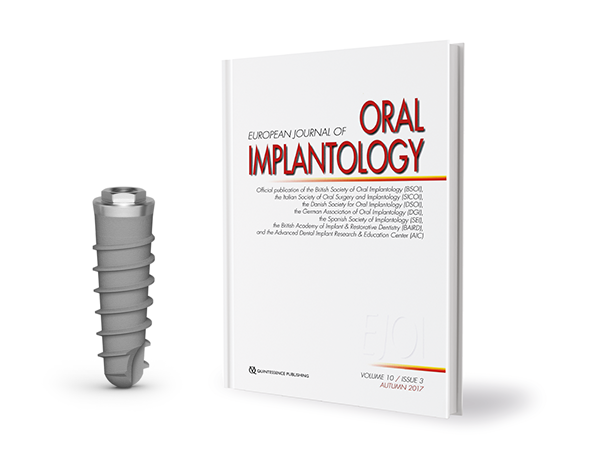The objective of this multicentre controlled trial carried-out from Doct. Cannizzaro and other Syra Team members in six centres was to evaluate the outcome of three vs four implants immediately restored with metal-resin screw-retained cross-arch prosthesis in fully edentulous maxillae and mandibles.
Forty-eight patients were randomized in six centres (eight patients per centre) to the Fo3 group and Fo4 group. Eligible patients needed to be 18 years old with bone volumes allowing the placement of four implants with a diameter of at least 3.80 mm and 8.50 long. Patients with poor oral hygiene, need of bone-augmentation procedures or unable to commit to a 10-year follow up were not accepted in the study. 24 patients in the Fo3 group had 3 implants placed (12 in maxillae and 12 in mandible), 24 patients in the Fo4 group had 4 implants placed (12 in maxillae and 12 in mandible). Syra implants with external hexagon were chosen for this trial, also in SL version for soft bone in the maxillae. To be immediately loaded, implants had to be inserted with a minimum torque of 40 Ncm. Outcome measures were prosthesis and implant failures, complications and peri-implant marginal bone level changes.
One year after loading no drop out occured. There were no significative differences in implant failures. Both groups lost marginal bone in a statistically significant way, 0.22 ± 0.20 mm for Fo3 patients and 0.40 ± 0.21 mm for Fo4 patients.
These preliminary results suggest that immediately loaded cross-arch prostheses of both jaws can be supported by only three dental implants. Longer follow-ups are needed.
Read the abstract

